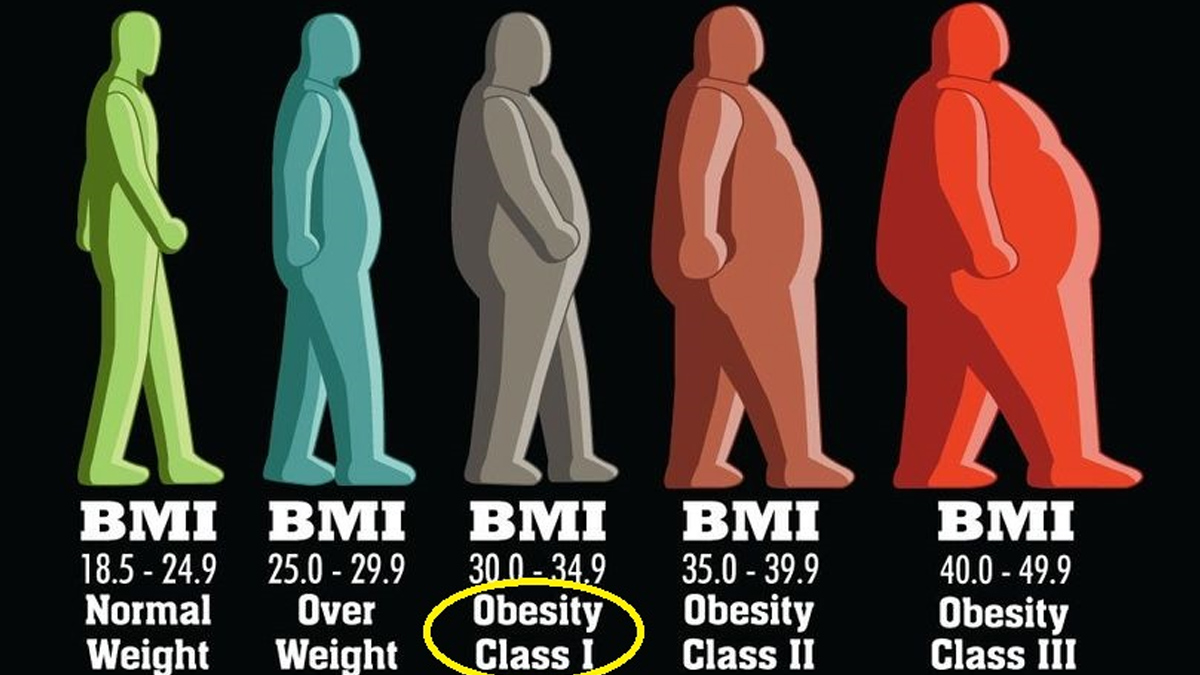
Obesity remains a major global health challenge, contributing to metabolic disorders such as diabetes and cardiovascular diseases. However, a groundbreaking international study has revealed that fat cells are more diverse than previously believed. Researchers from Ben-Gurion University (BGU) in Israel have identified unique subpopulations of fat cells, opening new doors for personalised obesity treatment. This research, part of the Human Cell Atlas project, was recently published in Nature Genetics and could significantly impact the future of obesity medicine.
Table of Content:-
Fat Cells Are Not All the Same
For years, fat tissue was considered a simple energy storage site, but recent research has shown that fat cells play a much more complex role. They produce proteins that regulate appetite, metabolism, and energy expenditure. The new study mapped fat cell populations in human tissues, specifically focusing on subcutaneous and visceral fat—two major fat storage areas in the body.

Using cutting-edge RNA mapping technology, researchers assigned unique “barcodes” to RNA molecules within individual fat cells. This approach allowed them to differentiate between various fat cell types and identify previously unknown subtypes.
Key Findings: The Unique Roles of Fat Cells
The study uncovered distinct fat cell subtypes involved in:
- Inflammation regulation – Some fat cells interact with immune cells to either promote or suppress inflammation.
- Blood vessel formation – Certain fat cells contribute to angiogenesis, the process of creating new blood vessels.
- Protein deposition and fibrosis – Some fat cells produce extracellular proteins that contribute to tissue stiffness and scarring.
Interestingly, a previously unknown type of fat cell was found exclusively in intra-abdominal fat. These findings highlight that fat cells are not uniform across the body and have unique functions based on their location.

Visceral vs. Subcutaneous Fat: The Inflammatory Connection
One of the major discoveries was the difference in intercellular communication between visceral and subcutaneous fat cells.
- Visceral fat cells (found around internal organs) were more involved in pro-inflammatory processes, meaning they interact more with immune cells that can trigger chronic inflammation. This type of fat is strongly linked to metabolic disorders like insulin resistance and type 2 diabetes.
- Subcutaneous fat cells (found beneath the skin) played a role in anti-inflammatory functions, suggesting a protective effect against metabolic diseases.
Also Read: High Levels Of Faecal Bacteria Detected In Ganga During Maha Kumbh As Lakhs Take Holy Dip
The study also found that the proportion of certain fat cell subtypes was higher in individuals with severe insulin resistance, further linking fat cell diversity to obesity-related health risks.
How This Research Could Transform Obesity Treatment
The ability to map fat cell populations and understand their roles could revolutionise obesity medicine. The researchers suggest that unique fat cell types may predict an individual’s risk of obesity-related complications and their response to treatment.

This research paves the way for personalised obesity treatment, where therapies could be tailored to target specific fat cell subtypes. In the future, doctors may be able to analyse a patient’s fat composition to determine the best intervention, whether it be lifestyle changes, medication, or new targeted therapies.
Bottomline
By identifying previously unknown subtypes of fat cells, this study challenges traditional views of fat tissue and opens new possibilities for precision medicine in obesity treatment. With further research, these findings could lead to personalised interventions that target specific fat cell functions, ultimately improving health outcomes for individuals struggling with obesity and metabolic disorders.
Also watch this video
How we keep this article up to date:
We work with experts and keep a close eye on the latest in health and wellness. Whenever there is a new research or helpful information, we update our articles with accurate and useful advice.
Current Version